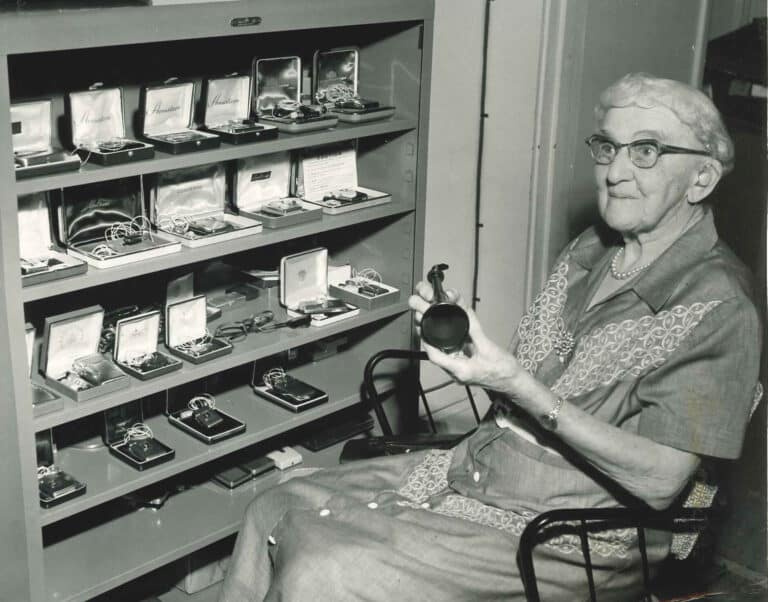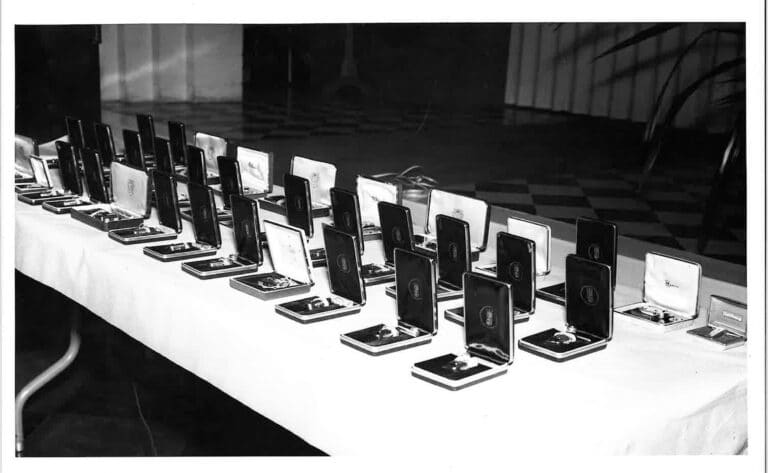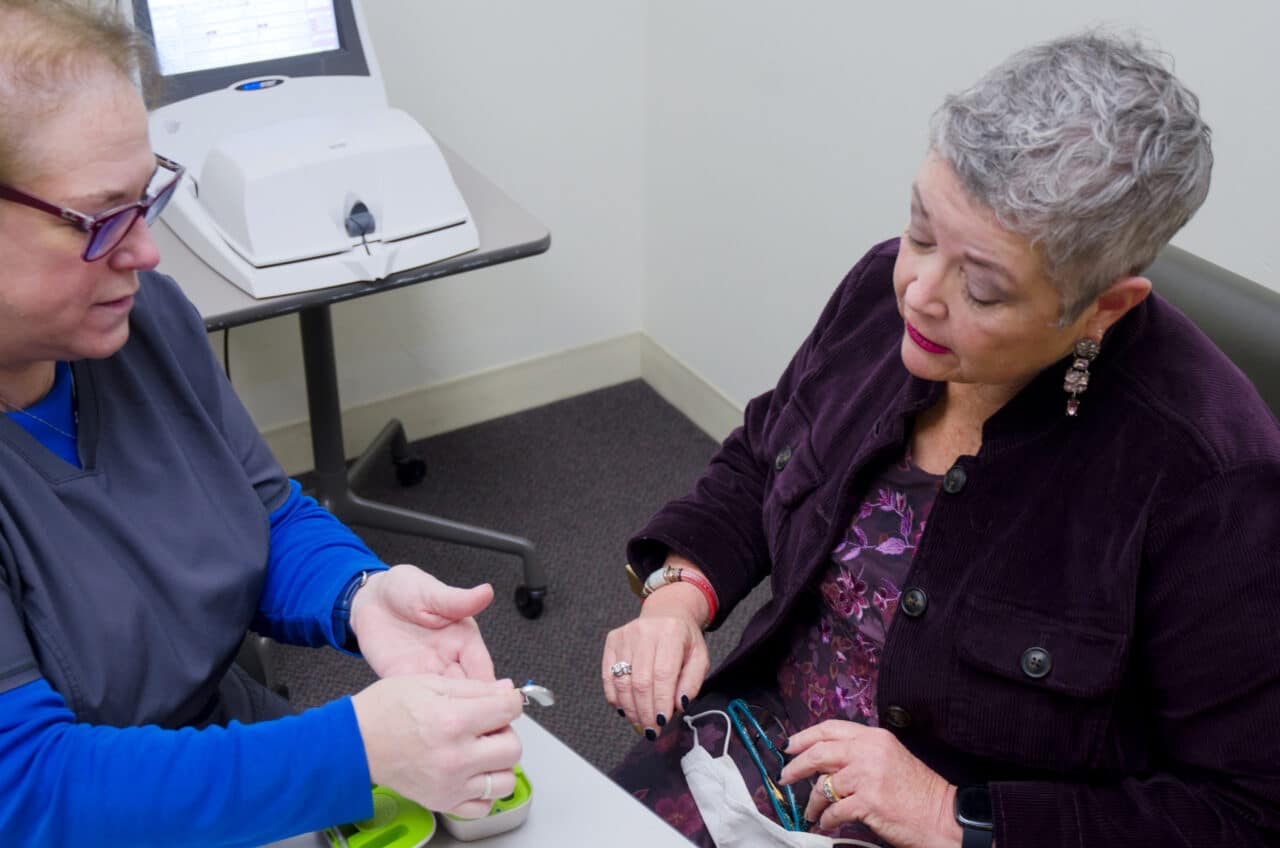Hearing aids have been around since the 17th century. In 1634, the first hearing aid was the “ear trumpet,” a device used to funnel sounds into the year. These were large devices made from wood, animal horns, snail shells, and sometimes metal.
The first portable hearing aid was made in 1898. It was a mobile device that used a carbon transmitter. It could turn a weak signal into a strong signal with an electric current. The device was large and difficult to use, and the battery did not last long; however, this invention was considered an incredible success.

Hearing aids were available on the US market in 1923 with the invention of the Vactuphone. This vacuum tube device used a telephone transmitter to convert speech into electrical signals and then was amplified through the receiver. Throughout the 1930s, hearing aid technology became smaller and more wearable by 1936. Hearing aids quickly gained popularity around the US during this time.
During the late 1940s, transistors replaced vacuum tubes. Due to their smaller size and lower battery power requirements, transistors were more efficient. However, they were prone to breaking down quickly due to their susceptibility to moisture, which caused many hearing aids to malfunction.

The hearing aid world shifted in the 1970s with the introduction of the microprocessor and compression hearing aids. With these devices, the audio signal was divided into frequency bands, enabling some sounds to be amplified more and others less.

In the 1980s, a hearing aid with real-time, all-digital array processing capabilities was created. Although large and cumbersome, it brought digital chips for high-speed signal processing to the market.
Hearing aid technology has continued to blossom into the 21st century. Hearing aids are smaller and sleek. They have the ability to be paired to Bluetooth devices, and many are rechargeable. Sound processing is better than before, with better ambient noise control, suppression, and isolation. Hearing aids today can now be customized better for the listener than ever before.
